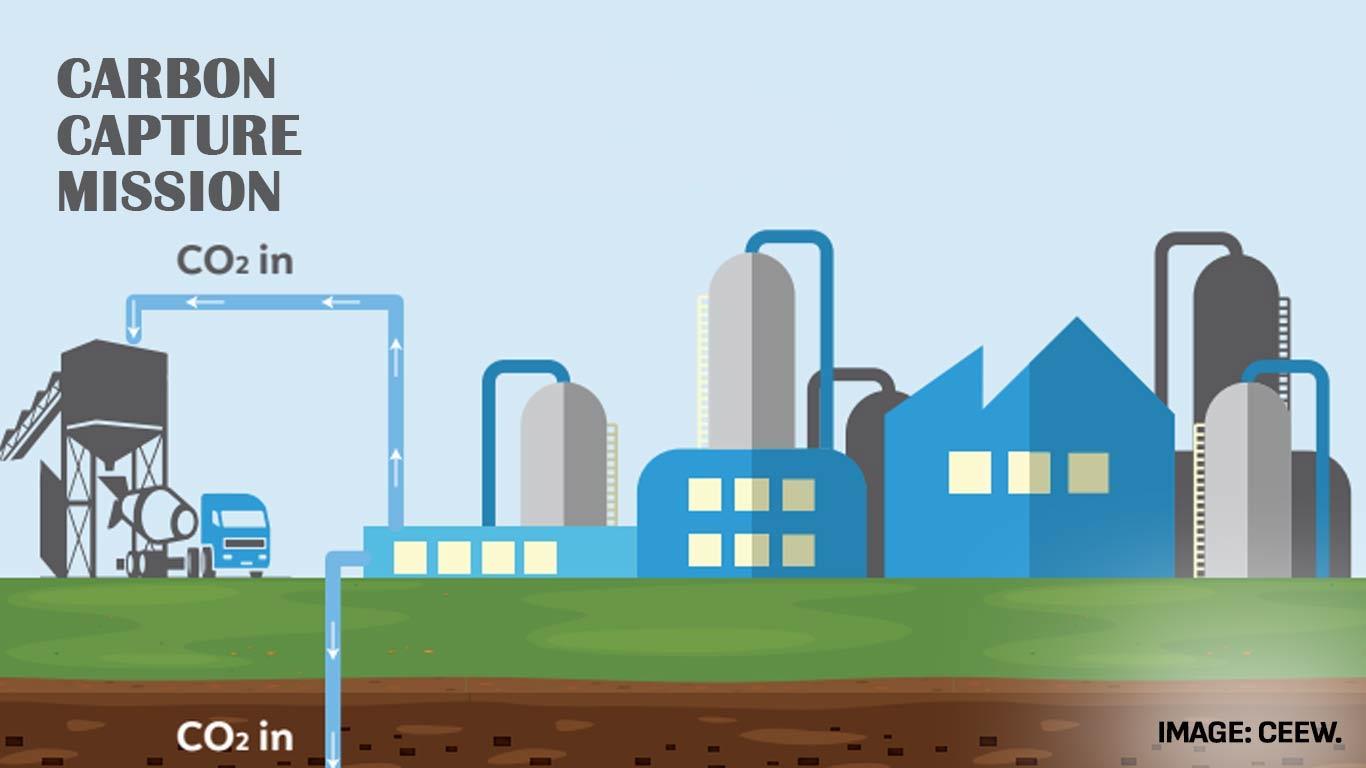
Government To Launch Carbon Capture Mission, Aims To Bolster Net-Zero Efforts
The proposed CCUS mission will focus on capturing carbon dioxide, primarily from large-point sources and power generation units that use fossil fuels.
According to NITI Aayog Member V K Saraswat, the mission is expected to include financial incentives such as viability gap funding to attract private sector investments.
"The government is proposing... a CCUS mission in which different viability gap funding, carbon pricing mechanism and taxing mechanism, carbon trading and also subsidies in terms of PLI (production linked incentives) can be provided to reduce the carbon footprint," Saraswat stated.
The policy framework is being jointly developed by NITI Aayog, the office of the principal scientific adviser to the Prime Minister's Office, and the power ministry.
The program will emphasise technology development and the establishment of pilot plants, while offering incentives to CO2 emitters.
Saraswat indicated that one element of the mission will involve supporting the setup of pilot plants capable of producing 500 tonnes of CO2 per day.
This initiative is expected to be primarily a business-to-business collaboration, with government funding support.
The proposed mission aligns with India's target of increasing its share of non-fossil fuel energy capacity and achieving net-zero emissions by 2070.
It also follows similar efforts by countries such as the United States, Japan, and Germany, which have made significant strides in CCUS technology in recent years.
The International Energy Agency reports that in 2023, the United States announced a USD 1.7 billion investment for carbon capture demonstration projects. Similarly, Japan has selected seven large-scale projects aimed at capturing and storing approximately 13 tonnes of CO2 per year by 2030.
CCUS technology involves compressing and transporting captured CO2 for various applications or injecting it into deep geological formations such as depleted oil and gas reservoirs or saline aquifers.
An unnamed industry source suggested that the government may showcase the feasibility of this technology within the next six months.
The source also indicated that incentives provided under this mission could be similar to those offered under the national green hydrogen mission.
As India progresses towards its climate goals, the CCUS mission represents a crucial step in the country's efforts to reduce carbon emissions and transition to cleaner energy sources.
(KNN Bureau)
Legal Disclaimer:
MENAFN provides the
information “as is” without warranty of any kind. We do not accept
any responsibility or liability for the accuracy, content, images,
videos, licenses, completeness, legality, or reliability of the information
contained in this article. If you have any complaints or copyright
issues related to this article, kindly contact the provider above.


















Comments
No comment